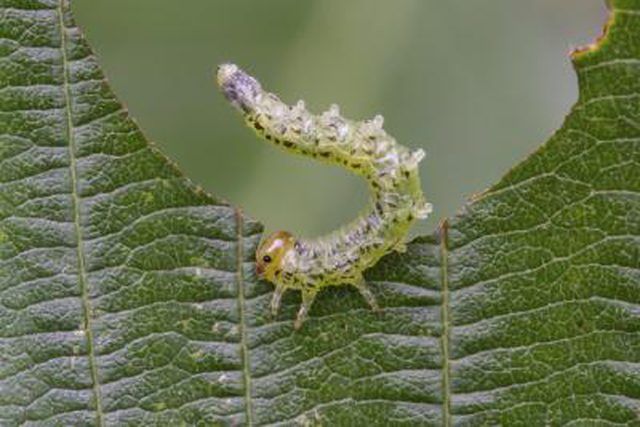Bulbs
Flower Basics
Flower Beds & Specialty Gardens
Flower Garden
Garden Furniture
Garden Gnomes
Garden Seeds
Garden Sheds
Garden Statues
Garden Tools & Supplies
Gardening Basics
Green & Organic
Groundcovers & Vines
Growing Annuals
Growing Basil
Growing Beans
Growing Berries
Growing Blueberries
Growing Cactus
Growing Corn
Growing Cotton
Growing Edibles
Growing Flowers
Growing Garlic
Growing Grapes
Growing Grass
Growing Herbs
Growing Jasmine
Growing Mint
Growing Mushrooms
Orchids
Growing Peanuts
Growing Perennials
Growing Plants
Growing Rosemary
Growing Roses
Growing Strawberries
Growing Sunflowers
Growing Thyme
Growing Tomatoes
Growing Tulips
Growing Vegetables
Herb Basics
Herb Garden
Indoor Growing
Landscaping Basics
Landscaping Patios
Landscaping Plants
Landscaping Shrubs
Landscaping Trees
Landscaping Walks & Pathways
Lawn Basics
Lawn Maintenance
Lawn Mowers
Lawn Ornaments
Lawn Planting
Lawn Tools
Outdoor Growing
Overall Landscape Planning
Pests, Weeds & Problems
Plant Basics
Rock Garden
Rose Garden
Shrubs
Soil
Specialty Gardens
Trees
Vegetable Garden
Yard Maintenance
What Are Pyrethrins?
What Are Pyrethrins?. Pyrethrins are nature's way of lending gardeners a helping hand when it comes to controlling pests. A group of six chemicals, pyrethrins come from the flowers of the pyrethrum or Dalmatian daisy (Chrysanthemum cinerariaefolium), which is hardy in U.S. Department of Agriculture plant hardiness zone 10. Related substances are...

Pyrethrins are nature's way of lending gardeners a helping hand when it comes to controlling pests. A group of six chemicals, pyrethrins come from the flowers of the pyrethrum or Dalmatian daisy (Chrysanthemum cinerariaefolium), which is hardy in U.S. Department of Agriculture plant hardiness zone 10. Related substances are pyrethrum, which is a mixture of pyrethrins, and pyrethroids, man-made versions of pyrethrins. All of these products are toxic to garden pests.
Pyrethrin Extraction
Dried pyrethrum daisy petals provide pyrethrins, or the chemicals are extracted using solvents. The pyrethrum daisy grows in Ecuador, Kenya, Rwanda and Tanzania. After the newly opened flowers are harvested, they're dried and crushed into a powder or soaked in solvent to dissolve the pyrethrin-rich oil. Solvents used to extract pyrethrins include kerosene, acetone and alcohol. Dried flowers contain 0.9 to 1.3 percent pyrethrins; in the United States, the refined-grade extracted oil contains about 20 percent pyrethrins, according to Oregon State University. Pyrethrin dusts used as pest control for crops can contain only 0.3 to 0.5 percent pyrethrins.
Stable Ingredients
Adding other chemicals to pyrethrins prolongs their useful life. When pyrethrins come into contact with light and air, their chemical structure alters and they become ineffective, and pests also break down their toxicity quickly. Dried flowers can lose 20 percent of their active ingredients in one year but stabilized, water-based pyrethrin aerosols and oil concentrates retain their active ingredients much longer. Chemicals such as piperonyl butoxide, or PBO, stabilize pyrethrins, and pesticides such as carbamates may be added to make them more effective against pests. Generally, only pyrethrins without added chemicals are accepted as organic pesticides.
Pyrethrin Application
Pyrethrins are best used for their knock-down effect on pests and as an irritant. Working on contact and with little residual effect, pyrethrins are most effective when you spray them directly on pests that are easy to see, such as leaf beetles, leaf hoppers, sawfly larvae and caterpillars. The substance can also be useful for spraying into areas that are difficult to access, because the pyrethrins irritate the pests and flush them out of their hiding places. In lawns, this helps identify pests such as sod web worms for targeted treatment. Although pyrethrins immediately knock pests down, they can recover -- so repeat applications are usually required.
Use Caution
Pyrethrins are harmful to all living organisms and should be applied with caution. Wear long pants, a long-sleeved shirt and gloves when applying pyrethrins, and don't spray or dust on windy days. Humans and other mammals rarely experience any toxic effect from pyrethrins, but poisoning can occur. Symptoms include respiratory problems, headache, nausea, convulsions, flushing and burning or itching sensations. Pyrethrins are very toxic to beneficial insects such as bees. Spraying in the early morning or after dusk can help you avoid harm to the bees. Also highly toxic to aquatic life, pyrethrins should never be sprayed near open water. Birds can also suffer effects of pyrethrin poisoning.